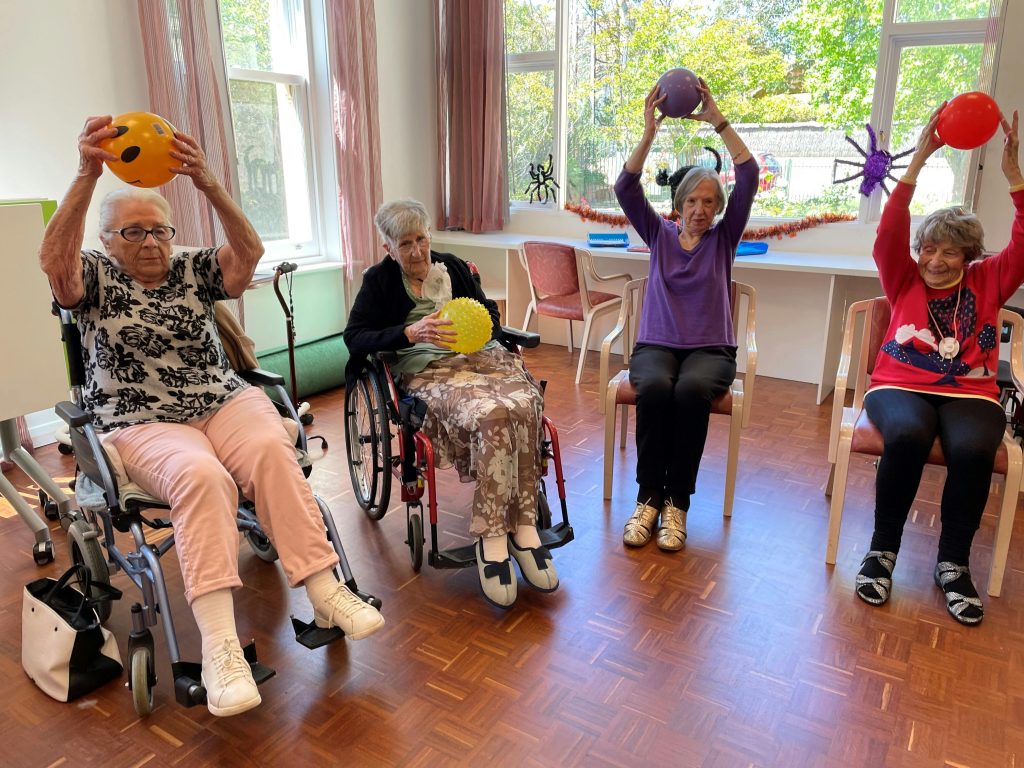In an increasingly digital world, senior living facilities must recognize the critical role that Search Engine Optimization (SEO) plays in their success. With more families and seniors turning to the internet to find and evaluate senior care options, a strong online presence is no longer optional—it’s essential. Effective SEO strategies can help senior living facilities improve their visibility, attract more residents, and ultimately stay ahead of the competition.
Why SEO Matters for Senior Living Facilities
1. Visibility and Reach
- Organic Search Traffic: The majority of web traffic is driven by organic search. Ensuring that your facility ranks high on search engine results pages (SERPs) means that more potential residents and their families will find your website.
- Local SEO: Most people looking for senior living options prefer facilities within a certain geographical range. Optimizing your website for local search terms like “senior living facilities near me” can significantly increase your visibility among local audiences.
2. Credibility and Trust
- First Impressions: Websites that appear on the first page of Google are perceived as more credible and trustworthy. High rankings can enhance your facility’s reputation and instill confidence in potential residents and their families.
- Quality Content: Providing informative and helpful content not only improves SEO but also builds trust with your audience. This content can include blog posts, testimonials, and informative pages about your services.
3. Increased Engagement and Conversion Rates
- User Experience (UX): Google rewards websites that offer a positive user experience, which includes fast load times, mobile-friendliness, and easy navigation. An optimized website keeps visitors engaged longer, increasing the likelihood of inquiries and conversions.
- Call to Action (CTA): Effective CTAs that are easy to find and act upon can drive more inquiries. These should be strategically placed throughout the website to guide visitors toward booking tours or contacting your facility.
Key SEO Strategies for Senior Living Facilities
1. Keyword Research and Optimization
- Targeted Keywords: Identify and focus on keywords that potential residents and their families are likely to search for. These might include terms like “assisted living,” “memory care,” and “independent living.”
- Long-Tail Keywords: Use long-tail keywords to capture more specific search queries, such as “affordable senior living in [city]” or “luxury retirement homes near [location].” These keywords may have lower search volumes but often lead to higher conversion rates.
2. Content Creation and Optimization
- Blogging: Regularly update your blog with content that addresses the concerns and questions of potential residents and their families. Topics might include health and wellness tips for seniors, the benefits of different types of senior care, and testimonials from current residents.
- On-Page SEO: Ensure that all pages are optimized with relevant keywords, meta descriptions, alt text for images, and internal links to other pages on your website.
3. Local SEO Strategies
- Google My Business: Claim and optimize your Google My Business (GMB) listing. This is crucial for appearing in local search results and Google Maps.
- Local Citations: Ensure your facility’s name, address, and phone number (NAP) are consistent across all online directories and local listings. Inconsistent information can negatively impact your local SEO.
4. Technical SEO
- Website Speed: Optimize your website’s loading speed. A slow website can lead to high bounce rates, which negatively impact SEO rankings.
- Mobile Optimization: With the rise of mobile searches, it’s essential that your website is fully optimized for mobile devices.
- Schema Markup: Implement schema markup to help search engines better understand your content. This can improve your chances of appearing in rich snippets, which can enhance your visibility in search results.
5. Link Building
- Internal Linking: Strategically link to other relevant pages on your site to improve navigation and distribute page authority across your website.
- External Backlinks: Earn high-quality backlinks from reputable websites. These can include local news sites, senior care directories, and industry blogs.
6. Analytics and Continuous Improvement
- Track Performance: Use tools like Google Analytics and Google Search Console to monitor your SEO performance. Track metrics such as organic traffic, bounce rate, and conversion rates.
- Adjust and Optimize: SEO is not a one-time effort. Regularly review your performance data and adjust your strategies to improve results. This might include updating old content, refreshing your keyword strategy, or optimizing for new search trends.
The Benefits of a Strong SEO Strategy
| Benefit | Description |
|---|---|
| Increased Traffic | Higher rankings lead to more organic traffic from search engines. |
| Higher Conversion Rates | Targeted traffic is more likely to convert into leads or residents. |
| Cost-Effective Marketing | SEO is one of the most cost-effective digital marketing strategies available. |
| Long-Term Results | Unlike paid ads, SEO provides lasting results that continue to drive traffic. |
Conclusion
For senior living facilities, SEO is not just about increasing website traffic—it’s about connecting with the right audience, building trust, and ultimately filling your facility with satisfied residents. By implementing a comprehensive SEO strategy, you can ensure that your facility stands out in a crowded market and meets the needs of those searching for senior care options. As the digital landscape continues to evolve, staying on top of SEO best practices will be key to maintaining and growing your facility’s online presence.



